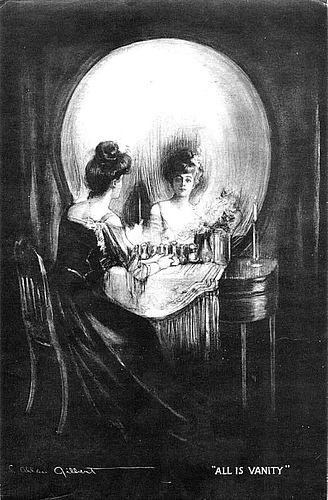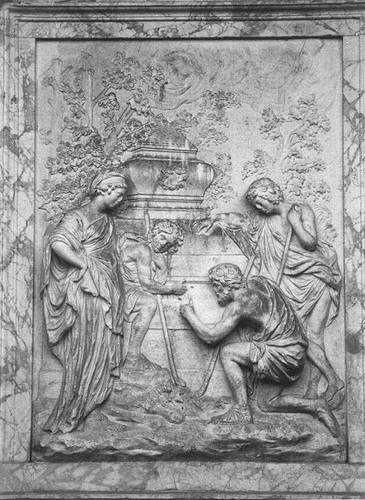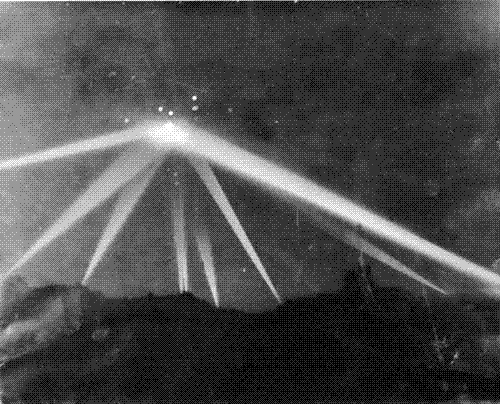In 1815, a fox was caught in a trap, at Bourne, Cambridgeshire, with which he made off. He was traced in the snow the following morning, by the Earl of De La Warr’s gamekeeper, upwards of ten miles, and was taken out of the earth alive and strong. His pad was then in the trap, which, with three feet of chain at the end of it, is supposed to have weighed fourteen pounds. Another fox accompanied him the whole of the way, seldom being distant from him more than four or five yards.
— The Cabinet of Curiosities, 1824





